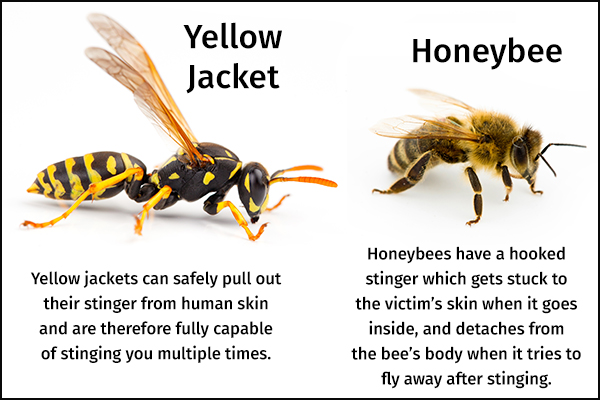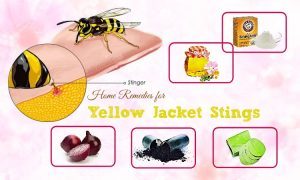
Bigliardi also recommends his patients with known wasp or bee venom allergies carry a small, pocket-size case of antihistamines and oral corticosteroids as well as their adrenaline injection pen at all times. Additionally, and if available, they could also take an antihistamine as advised by a doctor.ĭr. Bigilardi recommends they immediately seek treatment in the emergency room after being stung and to immediately use an adrenaline injector (EpiPen© or Auvi-Q©). Bigiliardi notes patients should always talk with their doctor about the best way for them to treat a sting before taking any medications.įor those with stage three or four symptoms, Dr. Stage one and two reactions can also be treated with antihistamines (e.g., Zyrtec©, Claritine©, Benadryl©).

If prolonged swelling and redness occur, using over-the-counter steroid creams like hydrocortisone may help. Local reactions can usually be treated with oral or topical antihistamines.

These reactions require immediate medical attention. Stage four reactions are the most severe and usually indicate a severe allergy.
#Yellow jacket bee sting treatment plus#
Stage three: Symptoms from stages one and two plus trouble breathing.Treatment with antihistamines is usually sufficient. There are no breathing problems, and it is still considered a moderate allergic reaction. Stage two: Swelling at the site of the sting in addition to swelling of the eyes or lips, which is not linked to the sting.This reaction is not usually severe, and it does not normally indicate a severe allergy. Stage one: Swelling at the site of the sting and hives not linked to the sting area.This kind of reaction is not usually linked to the classical allergic reactions, which can be classified into four different stages, ranging from mild to severe: The mildest is a local reaction with swelling, pain and/or itching at the sting area, which can be extensive and last a few days. When a wasp or bee stings, the venom causes the body to react in different ways. Bigliardi explains, “Since that will press on the venom gland and force more of it into your body.” What happens– and what to do– if you get stung “It’s important to know that if you are stung by a bee, don’t try to pull the stinger out with two fingers,” Dr. The top of the stinger contains a gland of venom and is connected to the bee’s abdomen, so when a bee stings, its stomach is ripped out when it tries to fly off, which means a bee will die shortly after. Most species of bees, however, have stingers with a little hook at the end that keeps it attached to what they sting. Wasp stingers are pointed, and they can sting many times, Dr. How wasps and bees sting are different, too.

He also says, “If you are allergic to venom in a specific kind of wasp, like a paper wasp, it’s also likely that you may also be allergic to venom from other kinds of wasps as well, like hornets or yellow jackets.” The same applies for different types of bees. Bigliardi says that because of the difference in proteins and potential allergens that make up wasp and bee venom, people with allergies are generally only allergic to one type, rarely both. “There are many differences between being stung by a wasp and being stung by a bee,” Dr.

Bigliardi says, “But they aren’t always so severe unless you’re allergic to them.” Wasp stings vs. Bigliardi is an ideal expert to discuss what to do if you’re on the receiving end of a sting.
#Yellow jacket bee sting treatment full#
A physician with full training in both allergology and dermatology, Dr. Paul Bigliardi, MD, is a dermatologist and allergologist with University of Minnesota Physicians (M Physicians) and a professor at the University of Minnesota Medical School. Wasps and bees go hand in hand with beautiful Minnesota summers, but when they sting, it isn’t usually so pleasant. There are two colors that can sometimes be frightening to see flying around you in the summer, yellow and black.


 0 kommentar(er)
0 kommentar(er)
